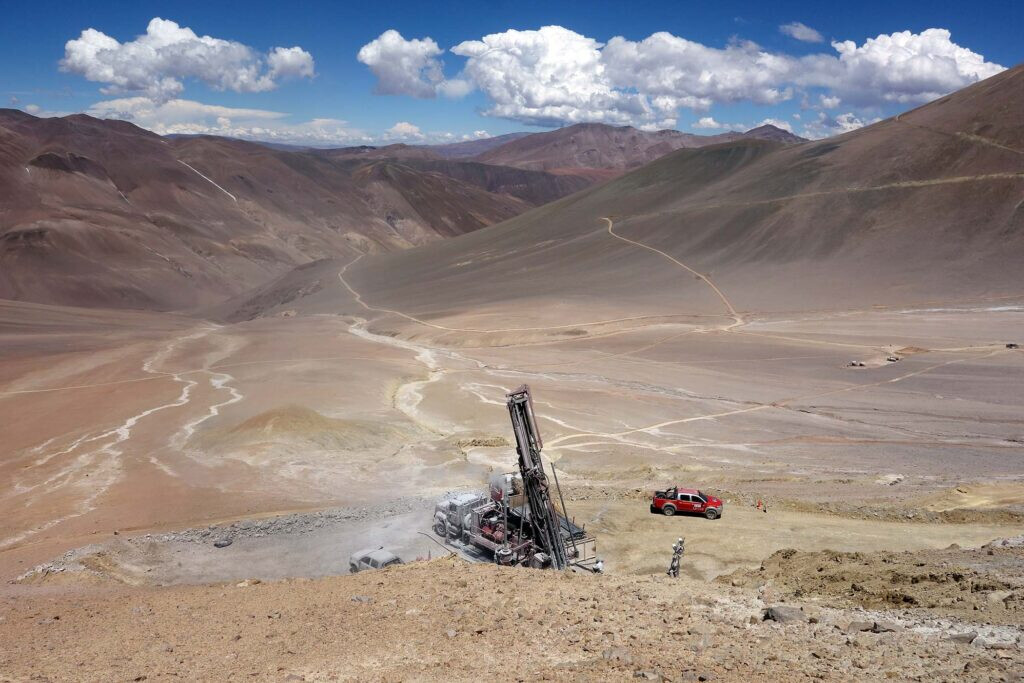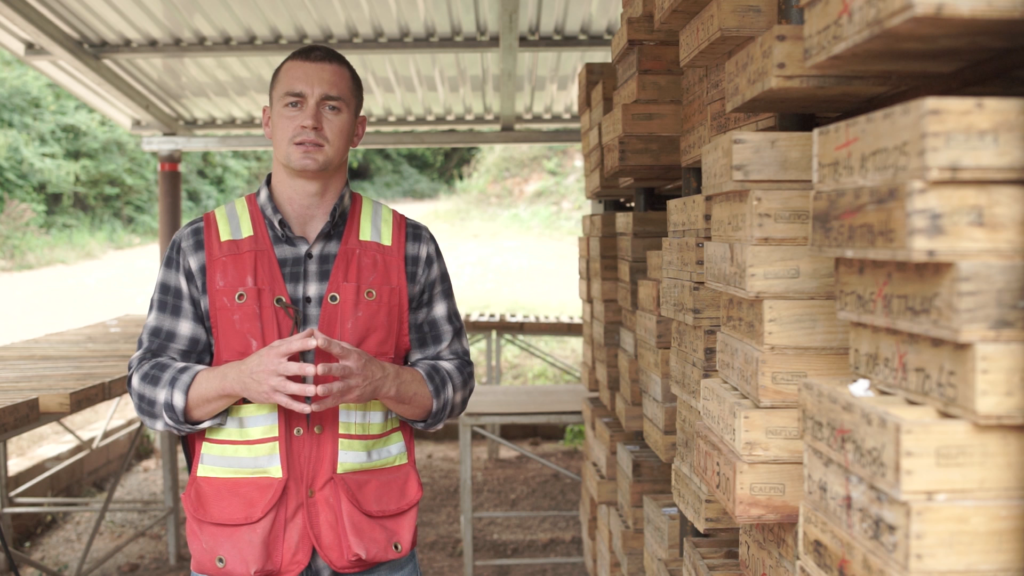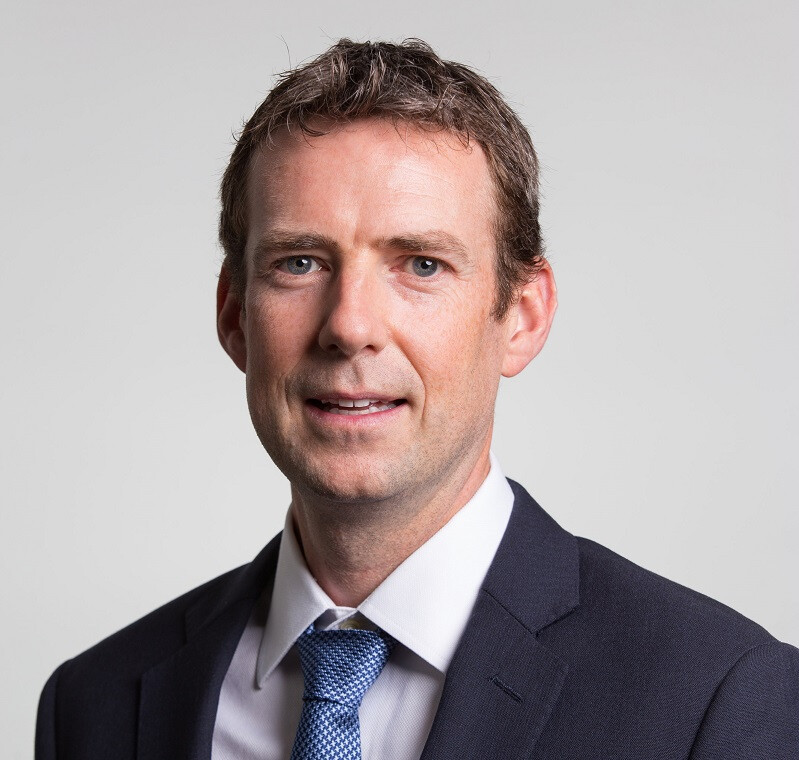Copper and Gold Projects in Latin America’s Mining Frontier
The energy transition and inflation are pushing demand for two of Latin America's major metals - copper and gold. We analyse some of the best up-and-coming projects in the region...

Filo del Sol – Argentina – Filo Mining (TSXV: FIL)

In the last two exploration seasons we have been trying to get a sense of what lies beneath the sulphide mineralisation and the results have been outstanding...
Jamie Beck, CEO, Filo Mining
We are exploring the Filo del Sol copper and gold project, which is 100% owned by Filo Mining. It is a high-sulfidation, epithermal system with an associated copper-gold porphyry system at depth. What makes us unique is that we have already defined the upper-most oxide portion of the deposit. In the 2019 PFS we demonstrated that the potential economics of the oxide cap are very robust. However, in the last two exploration seasons we have been trying to get a sense of what lies beneath the sulphide mineralisation and results have been outstanding. We believe that at depth there is a multi-billion tonne deposit, which is potentially one of the largest undeveloped deposits in the Andes.
We are still exploring and it’s a great project because the resource keeps growing as we drill at depth. When we decide to move ahead with the starter project – the oxide cap – we expect two years to complete a feasibility study, a year of permitting, and then two years of construction.
Cerro Blanco – Guatemala – Bluestone Resources (TSXV: BSR)

We currently have $50million in the bank, so we are comfortably financed to get through feasibility and permitting. By the end of 2024, Cerro Blanco will be in production...
Jack Lundin, CEO, Bluestone Resources
Cerro Blanco is a gold project in southern Guatemala. Adjacent to the deposit we have the 50 MW Mita geothermal project, which we are also looking to advance. At present we are 100% focused on bringing the Cerro Blanco project through the feasibility study. It will be an open-pit mine with a peak gold production of over 300,000 ounces per year and all-in sustaining costs that will be in the lowest decile.
Right now, we are working through a feasibility study that is scheduled to be ready by the end of this year, with development beginning at the end of 2022. We still need to complete our environmental impact assessment and need an environmental permit to be issued before we can begin construction. We hope to get the permit by the midpoint of 2022, when we will have also secured project financing. We currently have $50million in the bank, so we are comfortably financed to get through feasibility and permitting. By the end of 2024 Cerro Blanco will be in production.
Josemaría – Argentina – Josemaría Resources (TSX: JOSE)

We will have an annual output of 130,000 tonnes of copper, 230,000 ounces of gold, and a million ounces of silver over the 19-year life of the mine. I think that the capex of $3billion is a great price for such a large prize...
Adam Lundin, CEO, Josemaria Resources
Josemaría is a large copper-gold porphyry in San Juan, Argentina with one billion tonnes of reserves, 7 million ounces of gold, 6.7million pounds of copper and 31 million ounces of silver. We have had our heads down in the last couple of years getting through the engineering studies. We finished our feasibility study in October 2020, which was led by Fluor and were delighted with the outcome. Using commodity price assumptions of $3 copper, $1,500 gold and $18 silver we got a $1.5billion NPV using an 8% discount rate and an IRR of 15% with a capex of $3billion. When you look at the projects of this size it is important to look at the production profile. We will have an annual output of 130,000 tonnes of copper, 230,000 ounces of gold, and a million ounces of silver over the 19-year life of the mine. With that production and a resource of this magnitude you would expect a large capex and I think that the capex of $3billion is a great price for such a large prize.
How geology impacts investor return
Copper deposits can be oxide or sulphide mineralised. For investors though the key difference between the two is how they are processed. Copper oxides can be processed by leaching the ore; meaning it’s crushed into big chunks, stacked on a leach pad, and sprinkled with liquid (water in our case). The copper comes out in the solution which is then sent to solvent extraction and electrowinning (SX/EW process) where the copper is recovered in refined metal cathodes. That process was common in many large-scale Chilean mines in their early years of operation.

Copper oxides are often cheaper to process with a smaller environmental footprint, and therefore this allows a project like Filo to stage the operation, reducing the upfront capital cost, and is advantageous over other large-scale porphyry projects that oftentimes require upfront capital of up to $4billion for development...
Jamie Beck, CEO, Filo Resources
At Filo though, we have a copper oxide cap that sits on top of a larger sulphide deposit – and the latter is where the bulk of copper in place is situated. When miners talk about a copper porphyry, they are usually referring to sulphide mineralisation.
Sulphides require a more traditional form of flotation processing, which produces copper in concentrate that is then sold to a smelter. However, copper oxides are often cheaper to process with a smaller environmental footprint, and therefore this allows a project like Filo to stage the operation, reducing the upfront capital cost, and is advantageous over other large-scale porphyry projects that oftentimes require upfront capital of up to $3 to $4 billion for development. Having a copper oxide cap at Filo means you can start operations focused on the smaller heap leach project, and then use the cashflow from that to build out a much larger operation that would carry on for another 30 or 40 years.